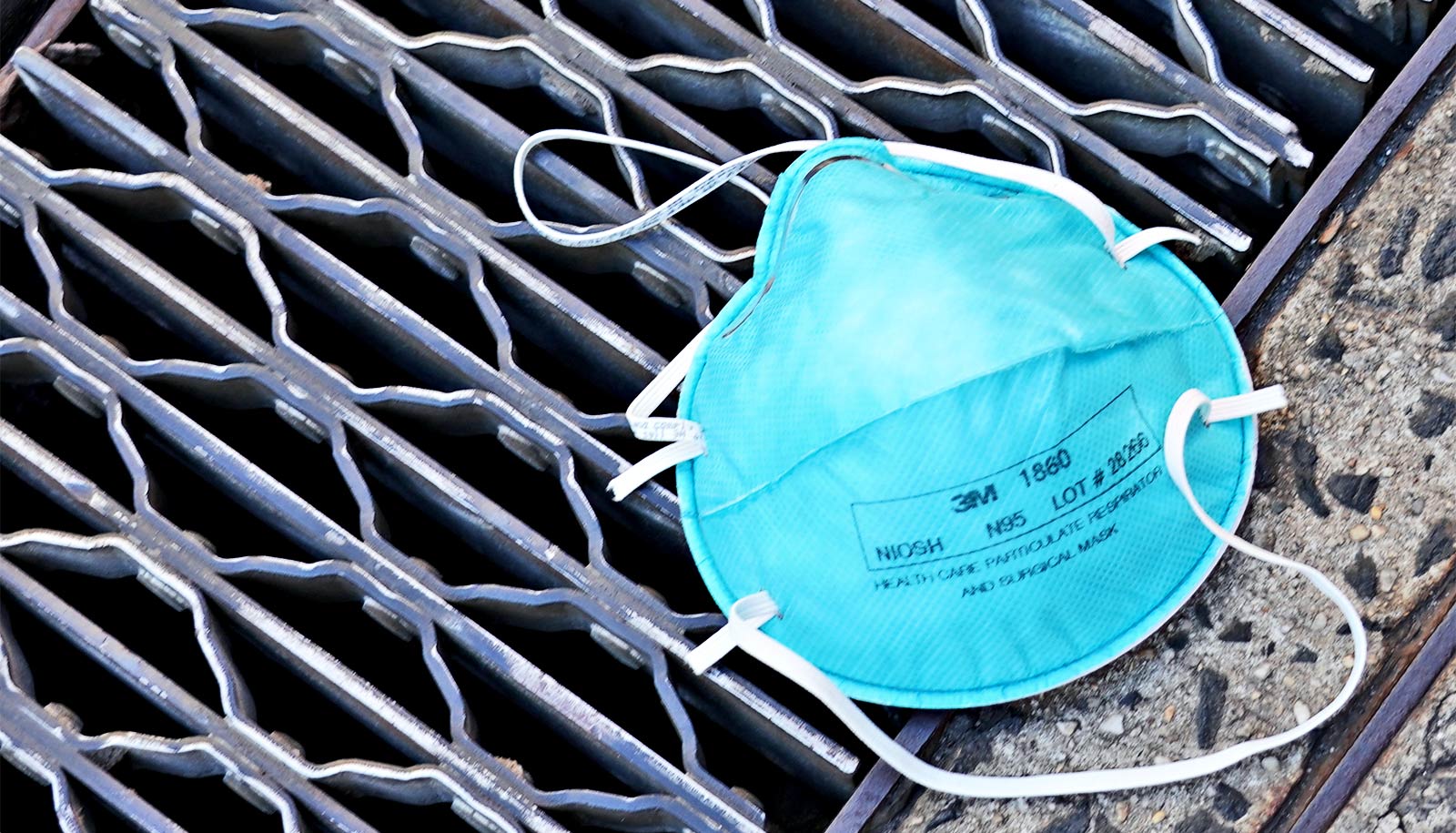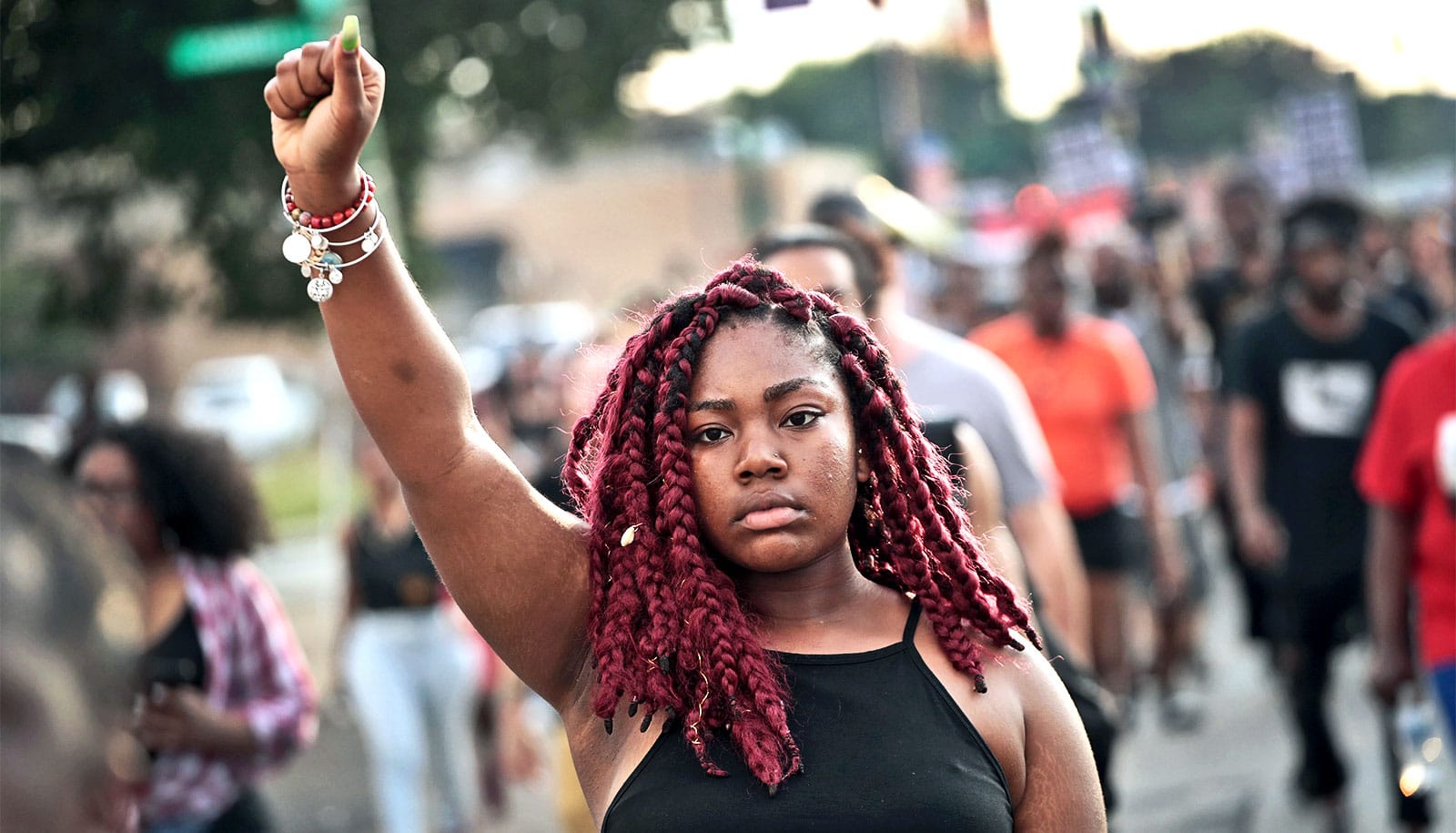States with initially high prevalence rates of COVID-19 enacted mitigation interventions, like social distancing, in a delayed fashion, according to a new study.
The findings explain why the US case/death counts of the virus remained high for a long period.
The study provides the first explicit analysis of the timing, determinants, and impacts of mitigation interventions for all states and Washington, DC during the first five weeks of the pandemic.
“Because there is no preventive vaccine and because there are few potentially effective treatments, recent reductions in new cases and deaths must be due, in large part, to the social interventions delivered by states,” says Shenyang Guo, a professor of social work research at Washington University in St. Louis and lead author of the study forthcoming in the journal Research on Social Work Practice.
“Our study suggests that the policy of reopening the economy needs to be implemented carefully,” he says.
Through an impact analysis, the researchers explored the effects of the interventions and the potential risks of removing them under the context of reopening the economy.
“Unlike other studies that evaluated the stay-at-home order by using simulated data, our study employed the real data of various case counts of COVID-19,” Guo says.
The study revealed two main findings:
- States with a higher prevalence of COVID-19 cases per 10,000 population reacted more slowly to the outbreak, suggesting that some states may have missed the optimal timing to prevent the wide spread of the disease.
- Of nine mitigation measures, three (non-essential business closure, large-gathering bans, and restaurant/bar limitations) showed positive impacts on reducing cumulative cases, new cases, and death rates across states.
The study also shows evidence that vulnerable populations—minorities, the poor, and unemployed people—have suffered most severely from the pandemic, “which helps to emphasize the significant resurgence in the Black Lives Matter and anti-racism movements,” Guo says.
Additional coauthors are from Montclair State University and Washington University in St. Louis.



